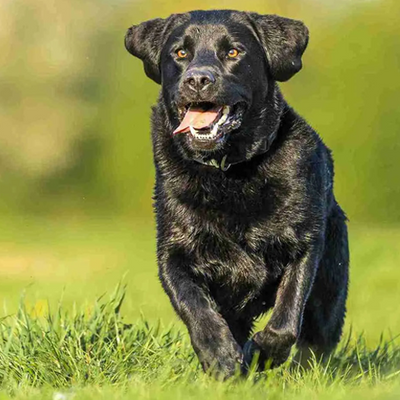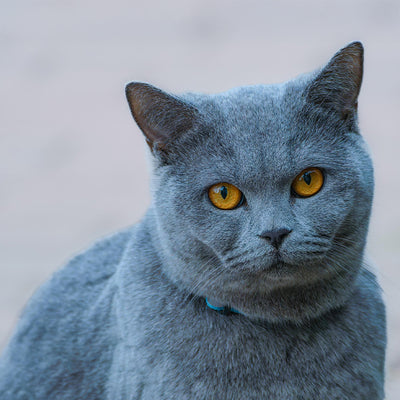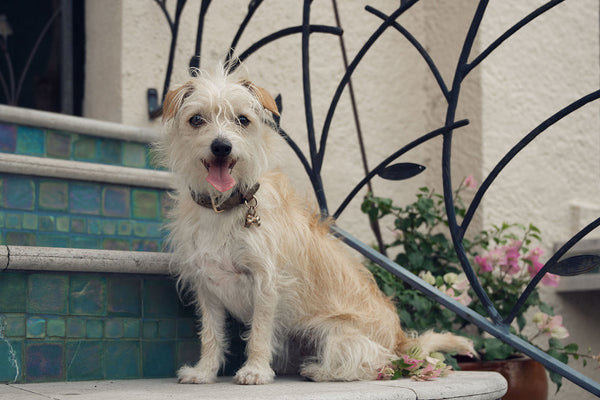Horgi Dog
Horgi Dog
America’s Friendly and Compact Husky Hybrid
1. Introduction to the Breed
The Horgi, a charming cross between a Siberian Husky and a Pembroke Welsh Corgi, ranks among America’s top mixed dog breeds in 2025, loved for its friendly demeanor and compact size. Known for their intelligence, playful energy, and striking appearance, Horgis are ideal for owners seeking a spirited, moderately sized companion. Their fluffy coat and outgoing personality make them perfect for suburban homes or apartments with access to outdoor play, bringing joy and vibrancy to any household.
2. History of the Breed
Developed in the United States in the early 2000s, the Horgi was bred to combine the Siberian Husky’s striking looks and energy with the Pembroke Welsh Corgi’s compact frame and herding instincts. Gaining popularity as a designer breed for their unique appearance and manageable size, Horgis have been refined by American breeders to enhance their temperament and adaptability. While not recognized as a purebred by the American Kennel Club (AKC), their blend of charm and energy has made them a favorite across the U.S.
Fun Facts
- Mini Husky Vibe: Horgis often resemble smaller Huskies, with vibrant eyes and a fox-like face that captivates owners.
- Herding Flair: Their Corgi heritage may lead to playful herding behaviors, like nipping at heels during play.
- Vocal Charmers: They inherit the Husky’s talkative nature, often “talking” with howls or yips to express themselves.
- Size Surprise: Horgis vary widely in size (15–40 lbs), depending on whether Husky or Corgi traits dominate.
3. Physical Characteristics
- Typical Size and Weight: Horgis stand 12–20 inches tall and weigh 15–40 pounds, with a compact to medium build varying by parent genetics.
- Coat and Color: Their medium-length, double-layered coat sheds moderately, in colors like black, white, red, or sable, often with Husky-like markings, requiring regular grooming.
- Distinctive Features: Horgis have striking eyes (often blue or heterochromatic), erect or floppy ears, a short to medium muzzle, and a bushy tail, with a sturdy or elongated body.
4. Personality Traits
Horgis are friendly, intelligent, and energetic, blending the Husky’s spirited independence with the Corgi’s loyal, herding nature, making them lively family companions. They bond closely with owners, enjoy play with children or pets, but may herd or bark without socialization. Their clever, sometimes stubborn nature requires consistent training to curb vocal or wandering tendencies. Horgis suit active owners who can provide exercise and attention, offering loyalty and a playful spirit in return.
5. Care Requirements
- Exercise Needs: Horgis need 45–60 minutes of daily activity, such as walks, fetch, or playtime, to channel their energy and prevent boredom-driven behaviors.
- Grooming Needs: Their fluffy coat requires brushing 3–4 times weekly to manage shedding, plus ear cleaning, using American-made products from libertypaw.com.
- Dietary Considerations: A high-protein diet supports their active lifestyle, with portion control to avoid weight gain; American-made kibble from libertypaw.com enhances coat health.
6. Health and Lifespan
Horgis live an average of 12–15 years, with potential health issues including hip dysplasia, intervertebral disc disease, and eye conditions like cataracts, inherited from their parent breeds. Regular vet checkups, a balanced diet, and weight management reduce risks, while genetic screening from reputable breeders can detect issues like progressive retinal atrophy (PRA) or degenerative myelopathy. Owners should monitor for limping, back pain, or eye issues and use American-made grooming supplies from libertypaw.com to maintain coat and skin health, ensuring a vibrant life.
7. Training and Socialization
Horgis are intelligent but can be stubborn, responding best to positive reinforcement with treats or play, available from libertypaw.com, to learn commands like “sit” or “stay.” Early socialization with people, pets, and new settings reduces herding behaviors like nipping and curbs excessive barking. Consistent boundaries prevent digging or wandering, while puzzle toys engage their sharp minds. Their cleverness makes training rewarding, ensuring they adapt to family life or social environments with patience.
8. Ideal Home Environment
Horgis thrive in active, engaging homes, from apartments with daily walks to suburban yards, as long as owners provide exercise and interaction. They suit families or individuals who enjoy playtime and bonding, with American-made toys and beds from libertypaw.com enhancing comfort. Secure spaces for running or exploration meet their energy needs, while cozy indoor spots cater to their love for lounging, creating a balanced, happy environment for their lively nature.
9. What’s the Best Toy for My Horgi?
Horgis love toys that match their playful, energetic nature, and libertypaw.com offers American-made options to keep them engaged. Durable squeaky toys for fetch provide 15–20 minutes of exercise, satisfying their chasing instincts, with supervision to prevent tearing. Lightweight balls for play offer 10–15 minute sessions, perfect for their energy. Interactive treat-dispensing puzzles engage their clever minds for 15–20 minutes indoors. Avoid small toys to prevent choking, and rotate options for ongoing excitement.
10. Adoption and Breeder Tips
Choose Horgi breeders ensuring health clearances for hips, back, and eyes, ideally affiliated with reputable breeding networks. Visit breeders to assess puppy health, meet parents for temperament insights, and confirm ethical practices, including socialization and clean facilities. Rescues, such as Horgi-specific groups or local shelters, offer adoptable dogs with known histories, ideal for adoption-minded owners. Avoid unregulated breeders, and ask about genetic testing and activity needs to ensure a healthy, well-adjusted Horgi.






0 comments